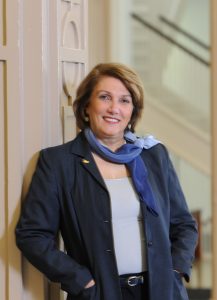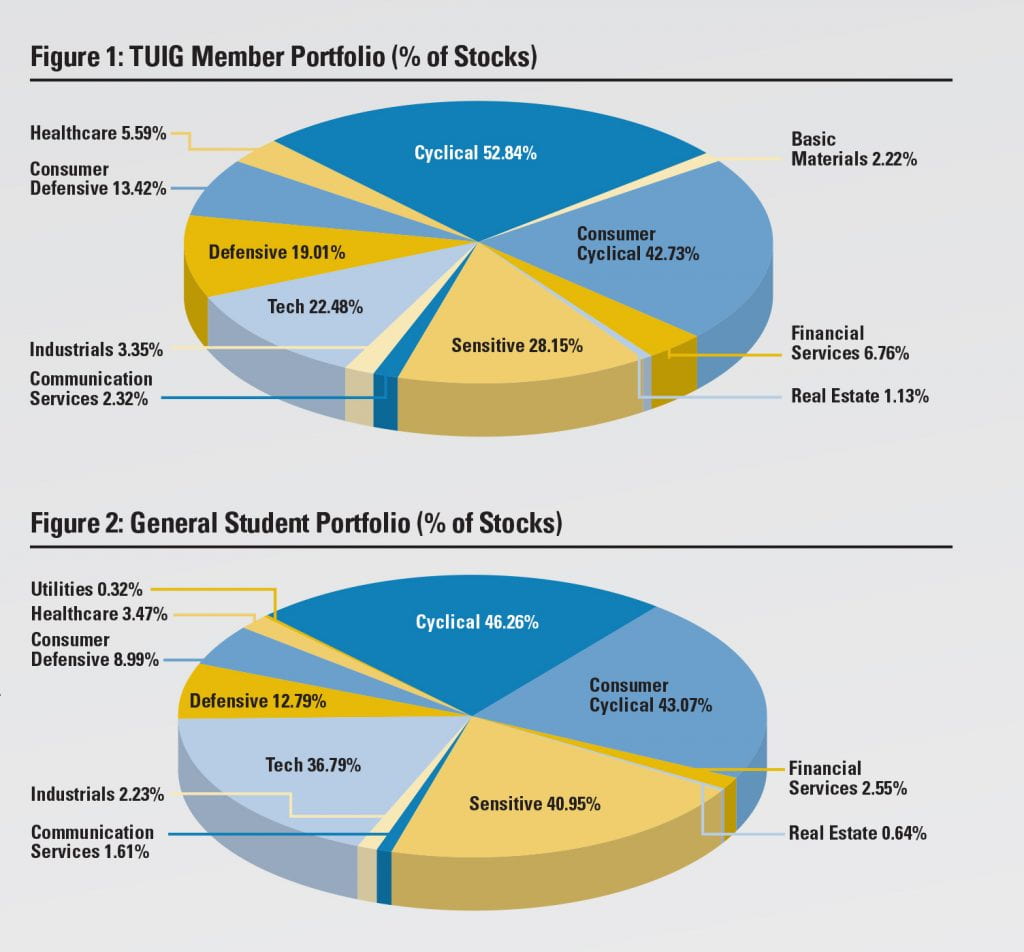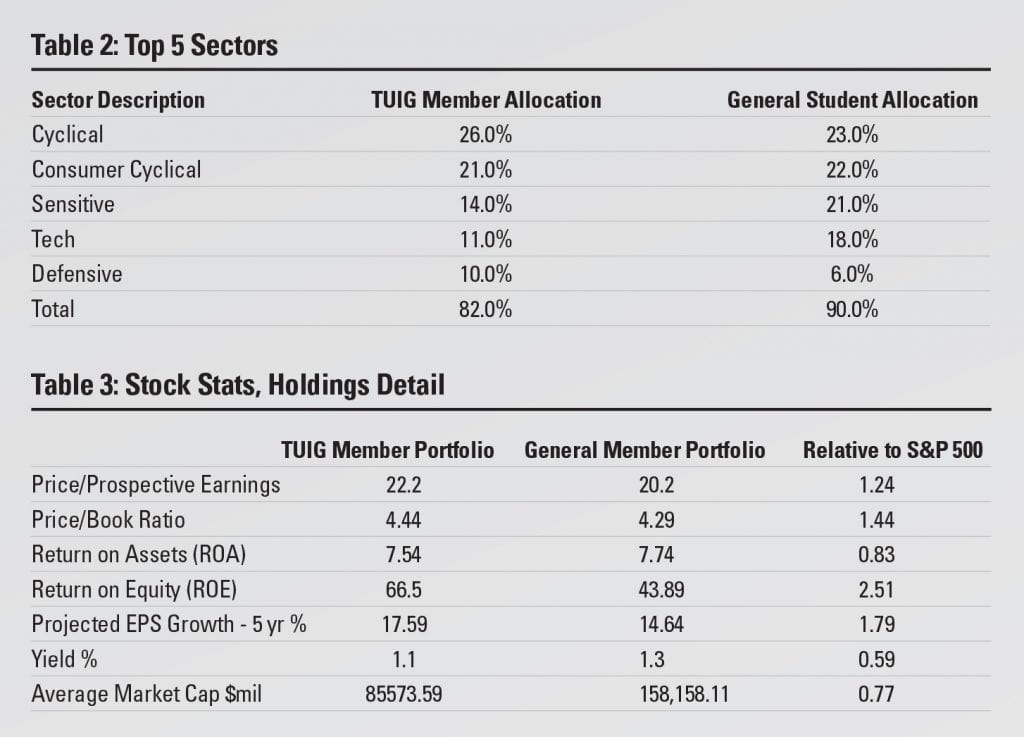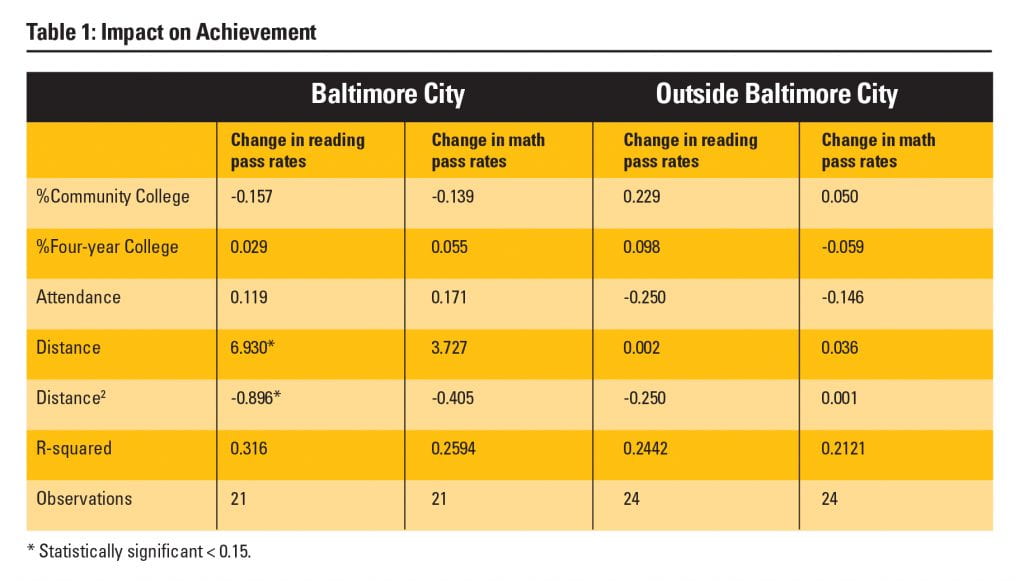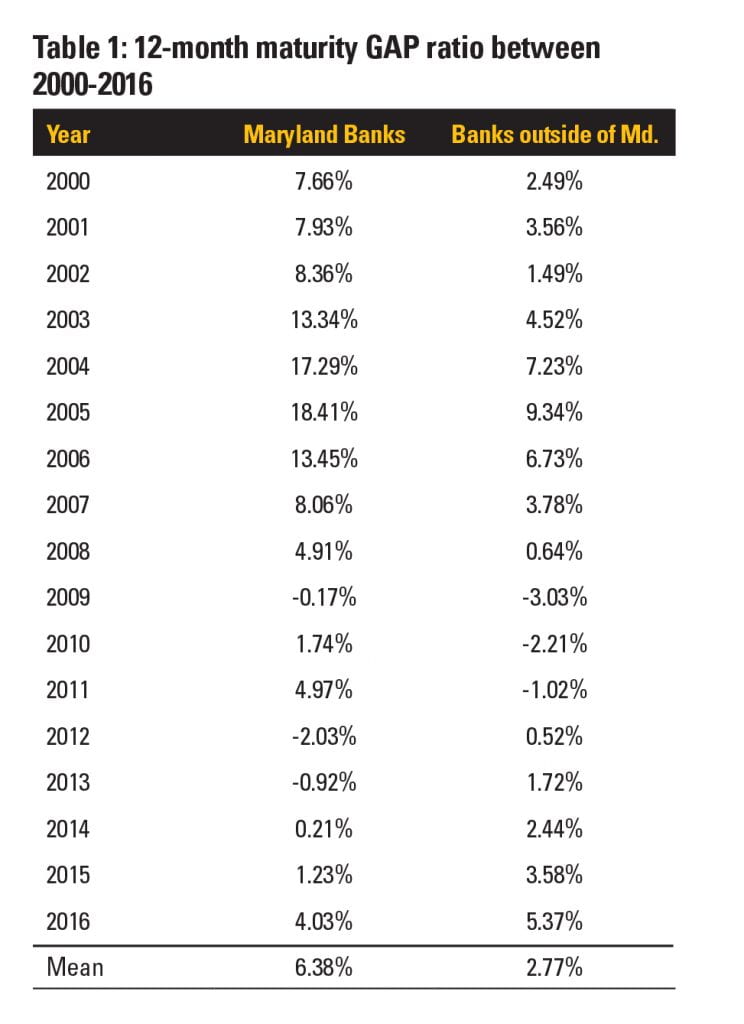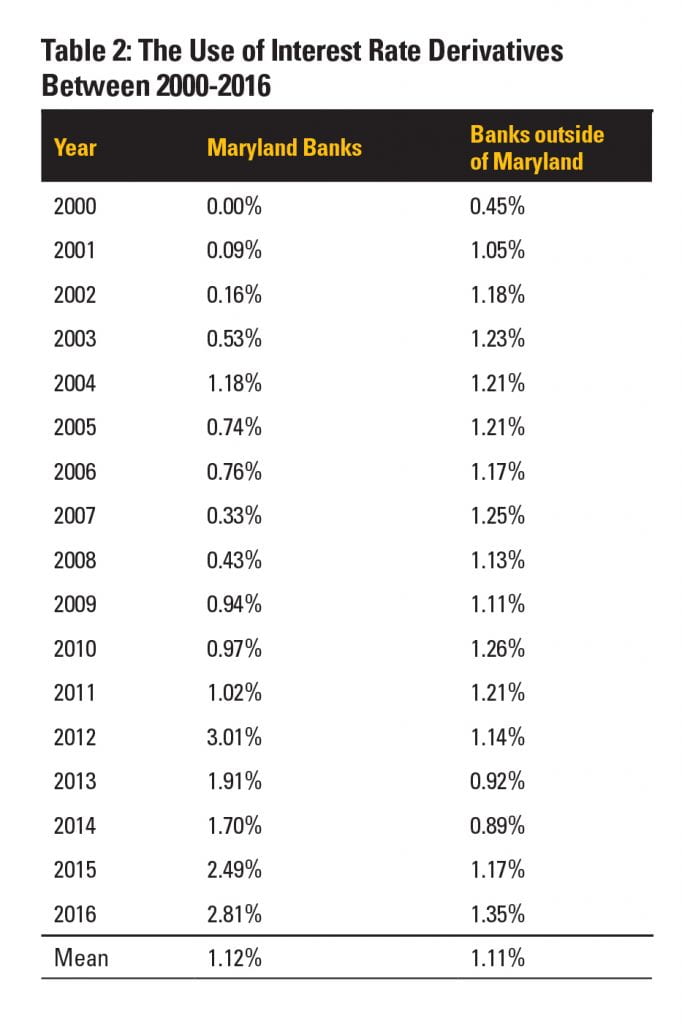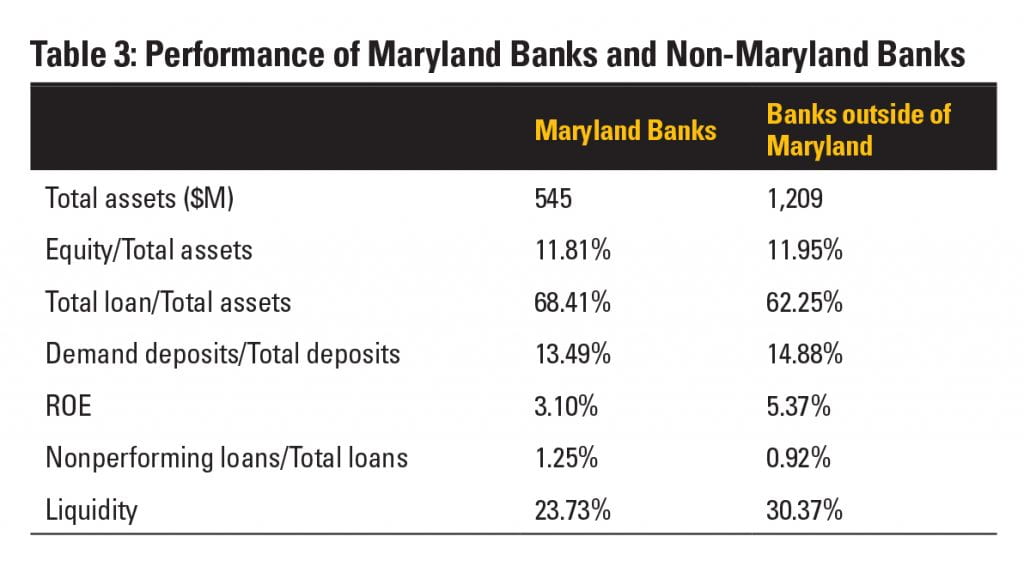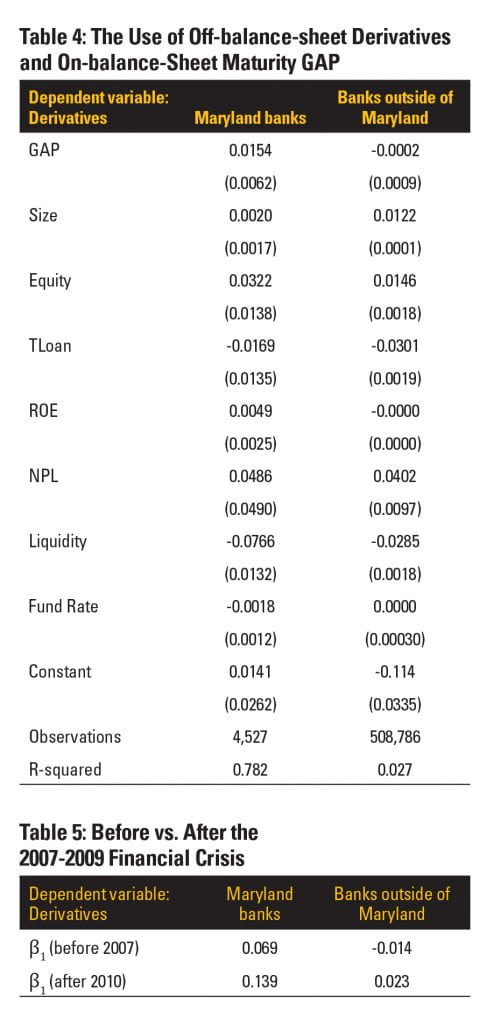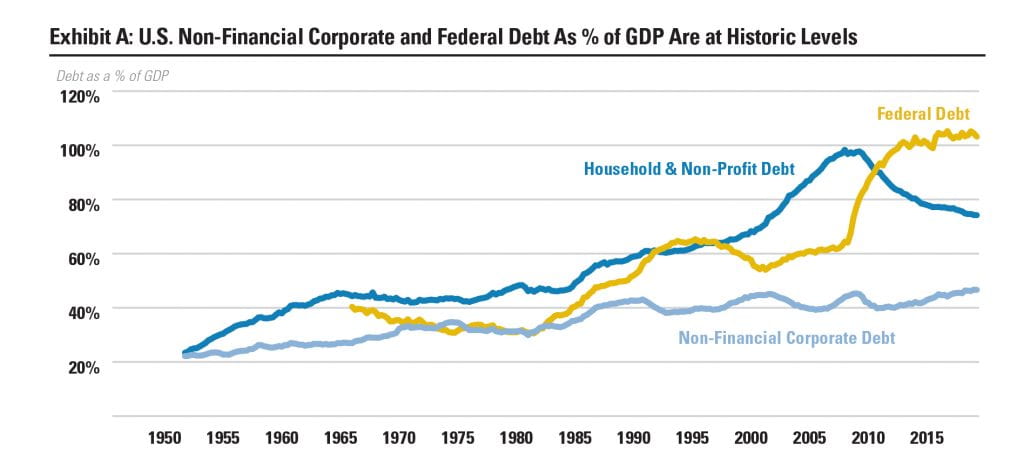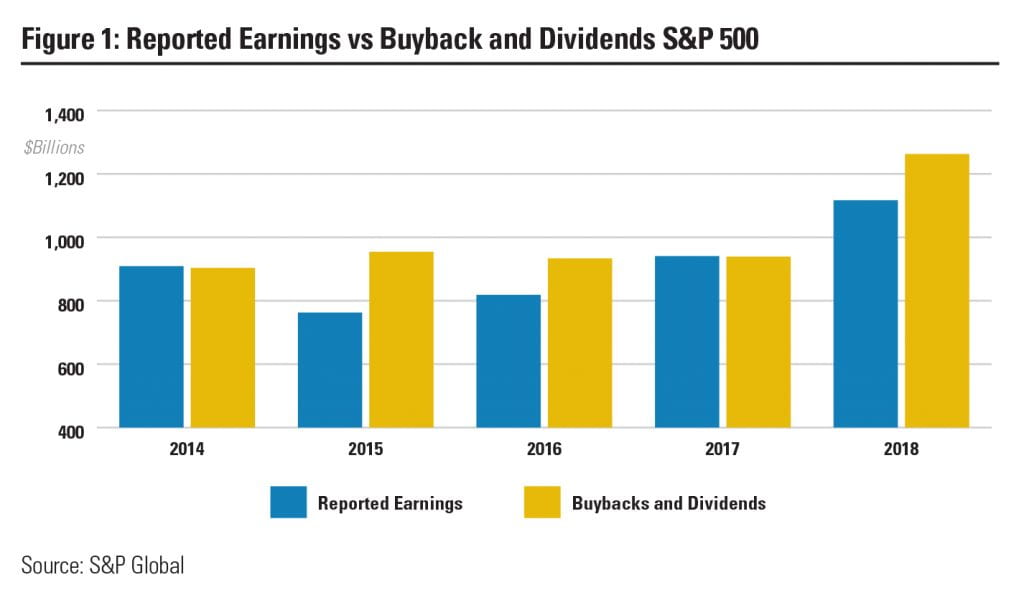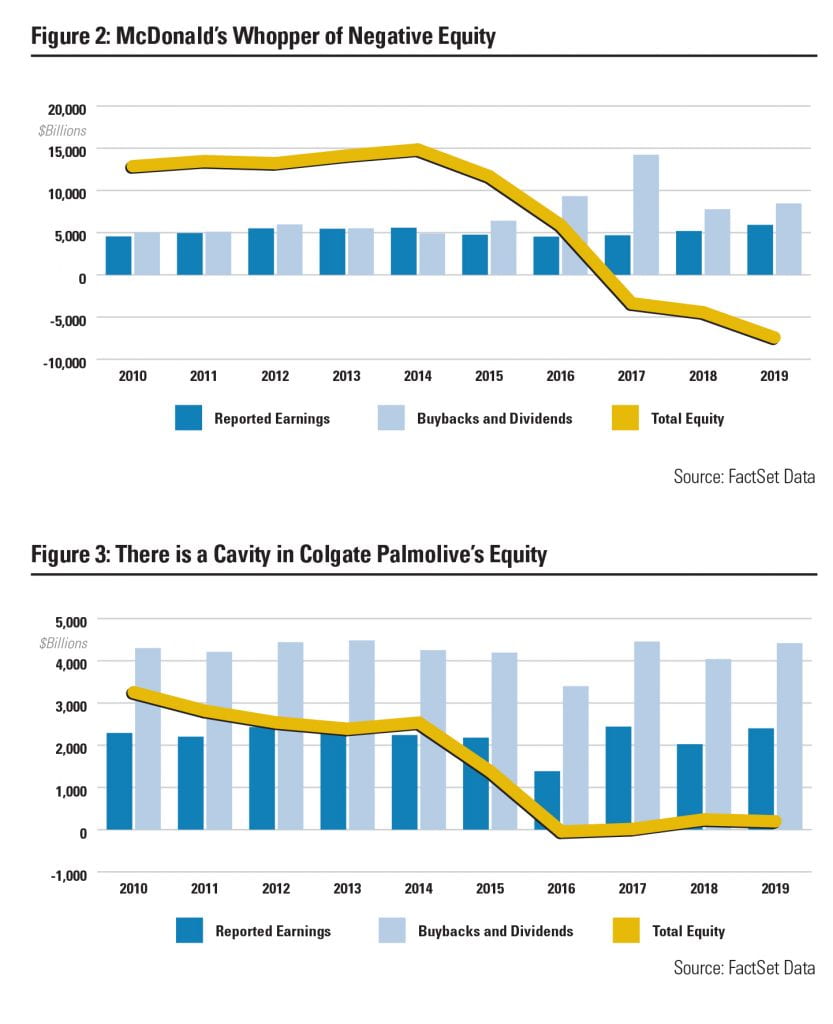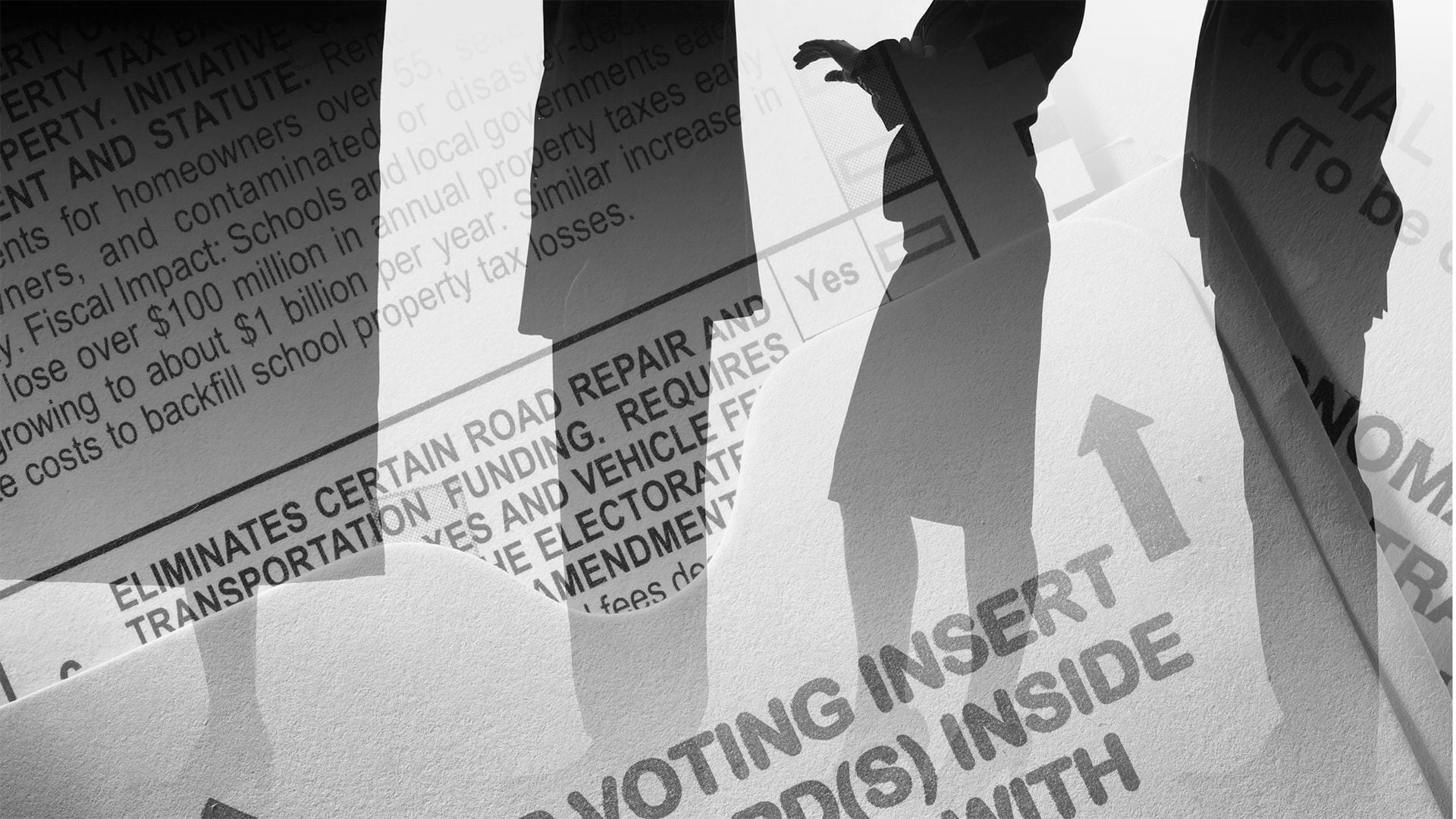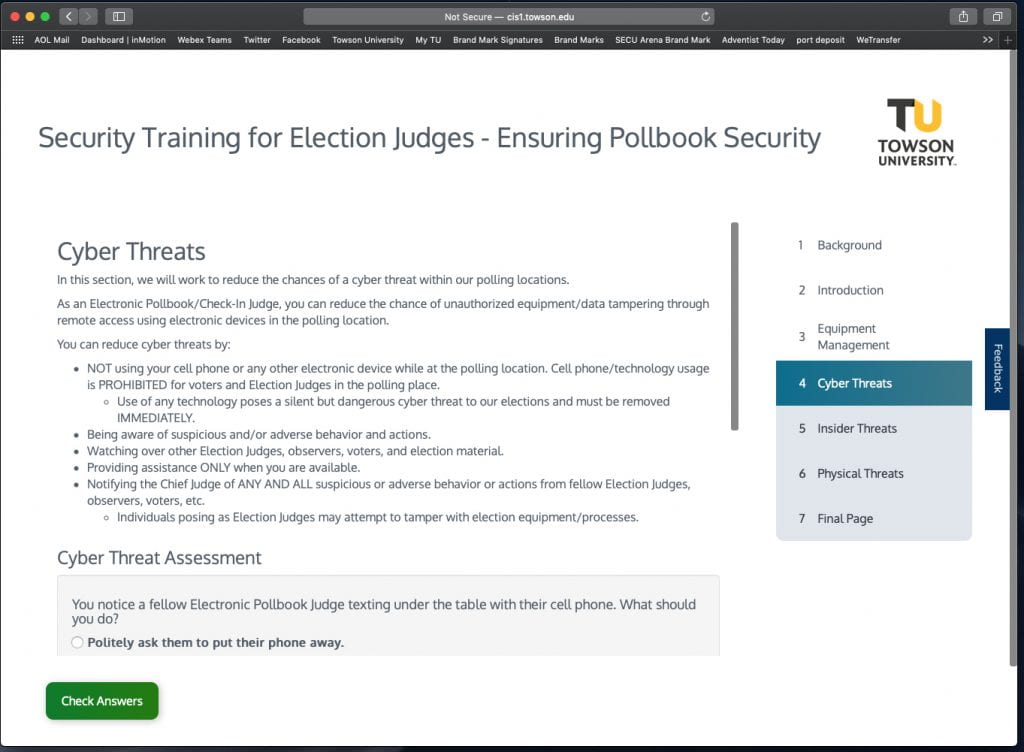Tobin Porterfield
Associate Professor, Department of Business
Analytics & Technology Management, Towson University
Chaodong Han
Associate Professor, Department of Business
Analytics & Technology Management, Towson University
The global economy runs on supply chains. Global supply chains move products, services, information and financials between upstream suppliers, manufacturers, logistics providers, wholesalers, and retailers to downstream customers. Ideally, an efficient global supply chain should operate seamlessly across national borders, company boundaries and internal organizational functions. The reality, however, is that supply chains operate in silos and each player focuses on optimizing their own operation, making true optimization of the entire supply chain nearly impossible. Emerging technologies have the potential to break down those siloes and help improve communication and collaboration across firm and functional boundaries. However, digitization of some business processes based on certain technologies may not be sufficient; a systematic digital transformation of business processes and organization structures is needed to optimize the entire supply chain.
Digitization
Digitization is the application of technologies to make processes more efficient and it is the first step in transforming an organization. In a business context, digitization simply means the removal of paperwork and conversion of analog information (handwritten, typewritten, faxed, and voice data) into digital forms (email, messaging, PDF, chat, and databases), resulting in improved efficiency and performance.
We experience the benefits of digitization when we place an order on Amazon and receive an email confirmation from the seller that includes a link to UPS with the tracking number. A simple click on the tracking number retrieves information from UPS on the status of our delivery. Digitization has bridged companies and technology platforms allowing us unprecedented access to information which improves visibility and transparency.
Internally companies have implemented enterprise resource planning systems (ERPs) that integrate disparate operations (sales, warehousing, purchasing, accounting, human resources, and finance) on a single platform that allows real-time access to information supporting improved decision making.
According to Rich Sherman who has helped develop the SCOR model, “Digitization removes the time delay in communicating variability across the supply chain. Digitization gives people more time to respond to change. It removes latency from the supply chain. That’s the real value of digitization” (Supply Chain Management Review, 2019). These implementations of digitization often provide strong ROI and fast payback for organizations by quickly cutting processing costs. Process-oriented automation and information sharing have become competitive imperatives where organizations must convert in order to survive.
Digitalization
Digitalization is the process of employing digital technologies to transform business operations across internal and external boundaries. The focus is not on efficiency by lowering costs, but on outcomes that transform business. These technologies are end-user driven, adaptive to the changing landscape and they facilitate collaboration. Current examples include Artificial Intelligence (AI) / Machine Learning (ML), Robotic Process Automation (RPA), Internet of Things (IoT), Blockchain, and collaborative cloud technologies (e.g. Slack, Monday, Fleep, Workzone, Smartsheet, and Asana). These are not big-bang, big-bucks, one-shot technology implementations. To be successful these technology solutions need to support the needs of the end-user in ways that will create new business opportunities.
Artificial Intelligence/Machine Learning
AI/ML technologies allow organizations to extract meaningful information from the overwhelming plethora of data available to support decision making. Sifting through millions of data elements to adjust pricing strategies in real-time is now possible. In finance, AI can detect patterns in data to identify fraudulent transactions. Weather data, traffic patterns, and demand surges can be integrated to improve lead time and delivery estimates. When computers can “learn” the logic used by humans to interpret data and make decisions, selected tasks can be automated for faster decisions 24/7. AI has the potential to transform the health care industry as well and a few AI-based tools have been approved by regulators for use in real hospitals and doctors’ offices.
Robotic Process Automation
RPA technologies are not platform specific so they allow end users to identify routine processes that can be automated regardless of the systems on which they run. Mundane tasks like time sheet entry, data extraction, and data input can be partially or fully automated such that the data is extracted by the bot and emailed to the person for a decision.
Internet of Things
IoT brings together data from our internet-connected devices. For a business, this can support the tracking of a shipment from the time it leaves the shelf to its arrival on the customer’s doorstep with scanners and devices detecting and sharing information throughout the process. Logistics routing decisions can be improved real-time based on congestion data from phones, automobiles, toll booths, and roadside devices. IoT is used to track inventory, equipment, containers, and machine capacities to improve asset utilization, customer service, information visibility, and reliability.
Blockchain
Blockchain technologies allow information to be distributed without being compromised. Altering of the data can be detected by others in the network resulting in improved reliability of the data while increasing transparency and visibility. In supply chains where multiple players provide data into the process, blockchain creates a playing field where all participants can view the data but none can alter the data without detection. This is already finding application in the global food supply chain where traceability and accountability related to contamination are critical. In a typical global food supply chain, all participants – growers, suppliers, processors, distributors, retailers, regulators, and consumers – can gain permissioned access to known and trusted information regarding the origin and state of food from farm to table. This can enable all stakeholders of the supply chain to utilize a secured blockchain network to trace a contaminated product to its source quickly to ensure safe recall and removal from store shelves.
Collaborative Technologies
The virtual workforce demands technologies that support their dynamic and disparate work locations. These technologies provide file sharing, communication, and coordination by integrating cloud storage, cameras and microphones, project management tools, messaging, and email applications. First to allow work to be completed efficiently in a distributed environment but second to create an environment where a diverse workforce can collaborate. New adaptations of these technologies are released on a daily basis and they operate wherever people want to work on whatever devices people prefer.
Digital Transformation
Organizations have already made great strides in moving processes from analog systems to digital platforms. That strategy has been effective in reducing transaction costs and improving processing speed. But digitization alone will not necessarily create a sustainable competitive advantage. To get ahead and stay ahead, organizations must look to flexible and dynamic technologies that transform business by generating unique ongoing competitive advantages that harvest the power of our data and the creative juices of our workforce.
These implementations are often driven by a virtual workforce. They require tools to support collaborative work which requires changes in a business model and may lead to new revenue and value-producing opportunities. This involves a strategic mandate to transform the end to end business model with a focus on the customer. Digital transformation has profound implications for all businesses and their supply chains, including the acquisition of digital skills which has now become a prerequisite for individual, industry, and regional success.
Global companies headquartered in the Baltimore region have been active in developing and utilizing cutting-edge technologies to achieve competitive advantages in their respective landscapes.
Using IBM Research AI for Product Composition, Hunt Valley-based spice giant McCormick is able to “explore flavor territories across the globe more quickly and efficiently, utilizing technology to extract key insights for millions of data points across sensory science, consumer preference and flavor palette”, according to CEO Mr. Kurzius (McCormick & Co., 2019). In 2019 McCormick launched its first AI-enabled product platform, “ONE,” with a set of initial one-dish Recipe Mix flavors including Tuscan Chicken, Bourbon Pork Tenderloin, New Orleans Sausage and Glazed Salmon.
McCormick also joins other food producers and distributors, including Dole, Driscoll’s, Golden State Foods, Kroger, McLane Company, Nestlé, Tyson Foods, Unilever, and Walmart to further champion blockchain as an enabling technology for the food sector (Fortune, 2017). McCormick understands that food safety issues such as cross-contamination, the spread of food-borne illness, unnecessary waste and the economic burden of recalls can be costly without timely access to information and traceability. It is time-consuming to identify the precise point of contamination, which may cause further illness, lost revenue and wasted product.
Athletic footwear company Under Armour partnered with IBM’s Watson to create the UA Record App, which provides coaching and guidance for individuals’ daily routines, including activity levels and fitness, nutrition, and sleep. Powered by cognitive technologies, this app is expected to customize fitness programs for individual users, track food intake with computer vision technologies and recommend workouts based on local weather, visibility, and goal trajectories. The UA Record app will share health and fitness insights comparable to other individuals with similar characteristics, including average weight, average resting heart rate and average steps taken per day. Meanwhile, Under Armour hopes that the Cognitive Coaching System powered by IBM Watson is able to transform athlete engagement and motivation in the following areas: behavioral and performance management, food intake tracking and overall nutrition management, and how weather and environmental factors affect training (IBM, 2016).
In terms of RPA, Under Armour streamlined its seasonal product creation process with Winshuttle Transaction, reducing manual data entry by 80% and empowering end-users to run data transfers without excessive IT intervention. Prior to using Winshuttle, Under Armour would need 550 to 600 person-hours to transfer the data from its product development system into SAP. Now it is down to 112 hours, meaning that the entire process can be reduced from 10 days to just two (Winshuttle, 2019).
Stanley Black & Decker selected its Enterprise AI Platform to transform its business into an AI-driven enterprise by building the best machine learning models for a specific problem, including demand forecasting. This AI implementation replaced an outdated and extremely manual approach. Stanley Black & Decker will deploy the DataRobot platform, including Automated Machine Learning and Automated Time Series, to further enhance its predictive analytics capabilities and dramatically reduce the time spent on data wrangling and model building. This will free the team up to focus on other business challenges and opportunities while simultaneously driving tremendous business value (DataRobot, 2019).
Conclusion
Digitization, converting paper-based processes to electronic, is absolutely necessary in today’s business economy but it is not sufficient to create a sustainable competitive advantage. Organizations must embrace the dynamic disruptive technologies that can be adapted in new ways to transform their organizations. We are already seeing how AI/Machine Learning, RPA, Internet of Things, Blockchain, and Collaborative Technologies are being put to work and we can expect more technologies to come available in the near future.
References
DataRobot (2019). Stanley, Black & Decker selects DataRobot to supersize data science efforts, https://www.datarobot.com/news/press/stanley-black-decker-selects-datarobot-to-supersize-data-science-efforts/. Accessed November 1, 2019.
Fortune (2017). Walmart and 9 food giants team up on ibm blockchain plans, https://fortune.com/2017/08/22/walmart-blockchain-ibm-food-nestle-unilever-tyson-dole/. Accessed November 3, 2019.
IBM (2016). Under Armour and ibm to transform personal health and fitness, powered by IBM Watson, https://www-03.ibm.com/press/us/en/pressrelease/48764.wss. Accessed October 28, 2019.
McCormick & Co. (2019). McCormick & Co. delivers on new product launches. https://www.foodbusinessnews.net/articles/13537-mccormick-co-delivers-on-new-product-launches. Accessed October 30, 2019.
Supply Chain Management Review (2019). NextGen supply chain Q&A: Rich Sherman. https://www.scmr.com/article/nextgen_supply_chain_qa_rich_sherman. Accessed October 29, 2019.
Winshuttle (2019). Under Armour improves SAP master data loading with Winshuttle, https://www.winshuttle.com/assets/case-study-under-armour/. Accessed November 4, 2019.



